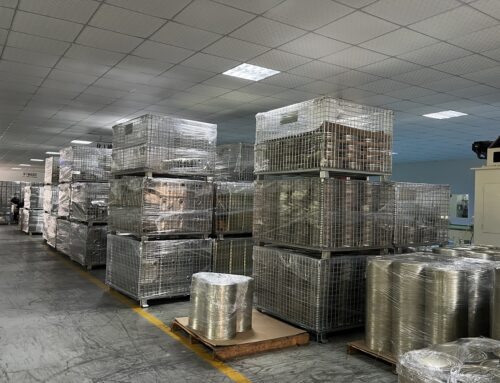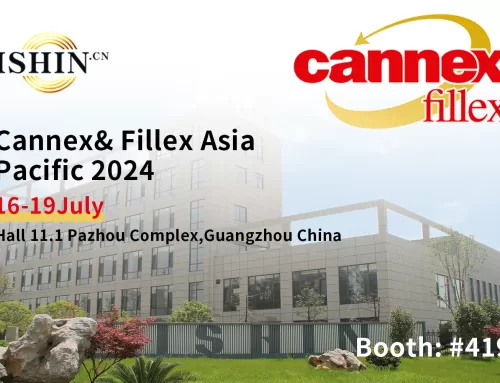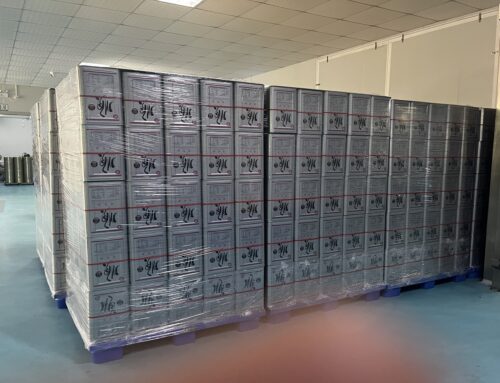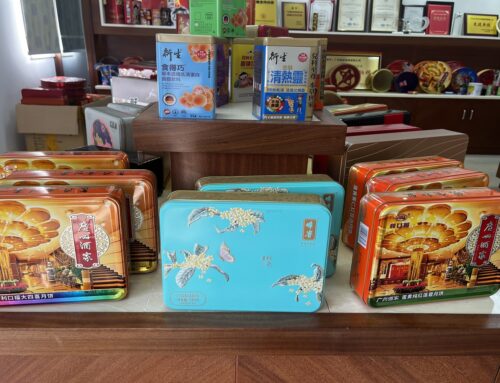Tinplate printing involves a variety of raw materials, with the main components typically being tinplate, coatings, inks, PS plates, rubber blankets, and fountain solution.
Metal Printing Ink:
(1) Composition: Metal printing ink is a colloidal paste composed of uniformly dispersed and mixed materials, including pigments, binders, fillers, etc.
1. Pigments: Pigments serve as the coloring agents in ink, playing a crucial role in determining ink quality. The quality of pigments directly affects the overall ink quality. Pigments impart color by selectively absorbing and reflecting visible light. Pigments are broadly categorized into organic types used in colored inks (such as yellow, red, blue) and inorganic types used in non-colored inks (including black, white, silver).
2. Binders: Binders act as the carrier for pigments and function as adhesives, facilitating the adhesion of pigments to the substrate. They play a key role in determining the ink’s rheological properties (viscosity, flowability, transferability), drying characteristics, water resistance, and gloss.
3. Fillers: Fillers are white or transparent substances added to ink to adjust its properties. They contribute to modifying the characteristics of the ink, reducing the amount of pigments required, and consequently lowering ink production costs.
4. Auxiliary Materials: Auxiliary materials are used to fine-tune the printing performance of the ink, providing stability to the structure and quality of the ink.
(2) Performance: In tinplate printing, ink primarily achieves fixation through heating (due to the smooth surface of tinplate that does not absorb ink). Therefore, ink for tinplate printing is required to possess the following properties:
1. Viscosity: Indicates the degree of viscosity during ink flow, representing the resistance (or internal friction) of ink flow on the metal surface.
2. Flowability: Refers to the ability of ink to flow and deform during the printing process. Poor flowability can lead to uneven ink transfer, causing irregularities such as uneven printing and abnormal ink transfer.
3. Fineness: Also known as dispersibility, it refers to the size of solid particles (pigments, fillers, etc.) in the ink and their uniform dispersion in the binder. This, to a certain extent, determines the ink’s flow performance and color intensity.
4. Gloss: The gloss of ink refers to its ability, after forming a film on the substrate, to reflect visible light at the same angle. It indicates the brightness of the ink film formed on the substrate.
5. Coloring Power: The intensity of the ink layer on the substrate, also known as the ink’s color strength or color concentration. The key factors determining ink coloring power are the dispersion of ink pigments—the quantity of pigments per unit mass of ink and the reflectivity of pigments themselves to selectively reflect wavelengths.
6. Drying and Heat Resistance: The heating and drying temperature for tinplate ink is generally 130–150°C, with curing achieved in 10–12 minutes. Pigments and binders are required to withstand heating without discoloration.
7. Solvent Resistance: After printing, the varnish used for gloss contains various solvents. To prevent color bleeding during varnishing, the ink must exhibit good solvent resistance.
8. Boil Resistance: Containers for food packaging require high-temperature sterilization. Therefore, tinplate ink must resist color bleeding, fading, softening, and peeling due to the effects of moist steam.
9. Workability: Tinplate products often undergo processes such as stamping, punching, bending, flanging, and sealing. Therefore, the ink layer on the tinplate surface needs to have a strong structure. Tinplate ink is required to have good adhesion, flexibility, surface hardness, and impact resistance.
10. Light and Weather Resistance: Various daily-use products are generally stored for an extended period. Thus, tinplate ink must resist fading and aging caused by exposure to light or climatic factors.
11. Heavy Metal Requirements: Many exported tinplate products, such as toy boxes, chess boxes, battery casings, etc., must adhere to the corresponding standards for heavy metal content in ink set by the United States, Japan, and the European Union.
Typically, during the printing process, several common additives are used to adjust the adaptability of ink printing:
a. Plasticizer: Acts as a lubricant, enhancing ink plasticity.
b. Diluent: Reduces ink viscosity and increases ink flowability.
c. Anti-tack Agent: Decreases ink stickiness.
d. Drying Agent:
e. Thinner: Does not alter color hue, reduces ink color saturation.

(3) Characterizing Ink Color Quality Traits:
1. Color Intensity:
Ink color intensity determines color saturation. In general printing processes, the main density values for yellow ink range from 1.00 to 1.10, magenta ink is 1.30 to 1.40, cyan ink is 1.4 to 1.50, and black ink is 1.60 to 1.80.
2. Color Deviation:
Due to ink impurities, poor absorption of the spectrum can occur, resulting in undesired density and causing color deviation. The absence of density reflects this color hue deviation. Primary colors can be measured using R, G, B color filters to obtain high, medium, and low-density values. Ink color deviation is expressed as a percentage: Color deviation = (medium density value – low density value) / (high-density value – low-density value) × 100%.
3. Grayness:
The grayness of ink can be understood as the presence of non-colored components in the ink, expressed as: Grayness = low-density value / high-density value × 100%. Grayness significantly impacts saturation, with a smaller percentage indicating higher ink saturation.
4. Color Efficiency:
Ink color efficiency refers to the amount of color light that a primary color ink should absorb (one-third of the color light). Ink contains undesired absorption, leading to a decrease in color efficiency. It can be calculated using the formula: Color efficiency = 1 – (low-density value + medium-density value) / (2 × high-density value) × 100%.
Note: Color efficiency is only meaningful for primary color inks and has no practical significance for overlaid intermediate colors.




